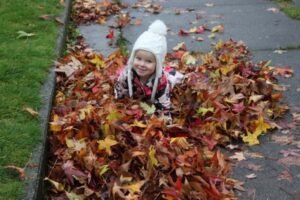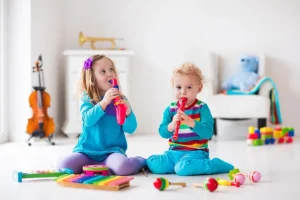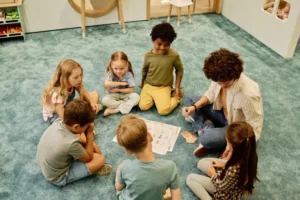Halloween isn’t just about costumes, candy, and spooky stories—it’s also the perfect time to stir up some science fun! If you’ve got curious little minds at home or in the classroom, combining creepy themes with hands-on experiments is a brilliant way to make learning unforgettable.
Why does slime stretch? How do pumpkins explode without fire? Can ghosts really float? Kids ask the wildest questions—and Halloween is the ideal moment to let them discover the answers through playful science.
This list of 15 simple and fun Halloween science experiments is filled with oozing, bubbling, fizzing, and flying activities that’ll keep children engaged and learning, all while getting into the spooky spirit. So grab your lab coat (or your witch hat), and let’s get messy—in the name of science!
1.Bubbling Witch’s Brew
What’s more iconic than a witch stirring her magical brew? Let’s recreate that moment—minus the eye of newt.
This fun experiment uses baking soda, vinegar, food coloring, and dish soap to create an erupting cauldron of bubbly fun. Add some glitter or plastic spiders for extra spook!
When the vinegar hits the baking soda, carbon dioxide is released, causing the foamy bubbles to spill over the top. Kids will be amazed at the reaction and can experiment with different colors or cauldron sizes.
Want to stretch the learning? Ask your kids to predict what will happen when more vinegar is added or if a different liquid is used.
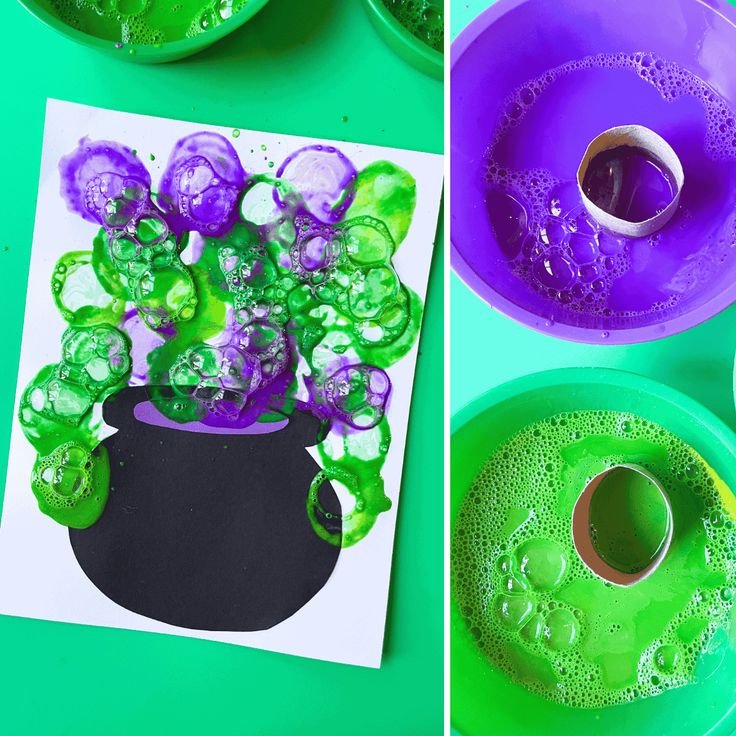
2.Dancing Ghosts
Want to make ghosts float and jiggle without touching them?
Cut ghost shapes out of tissue paper and rub a balloon on your hair or a wool sweater. Hold the balloon close to the ghosts and watch them rise and dance in the air due to static electricity.
This simple experiment introduces kids to the concept of electric charge and static forces in a hands-on, hilarious way. It’s safe, quick, and endlessly repeatable.
Science connection: Explain how the static charge pulls lightweight objects upward, just like a magnet.
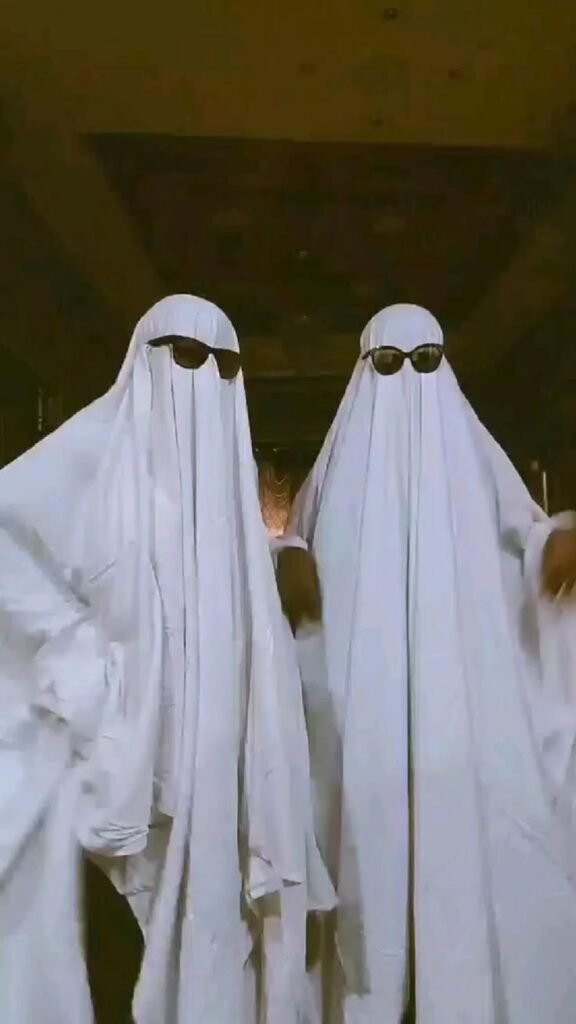
3.Monster Slime Madness
Slime and Halloween are a match made in gooey heaven.
Make monster slime with clear glue, liquid starch (or saline solution and baking soda), and food coloring. Add googly eyes or mini plastic creatures for a creepy effect. Kids love customizing their slime with glitter or texture beads.
This sensory-friendly experiment is perfect for teaching about polymers—long chains of molecules that give slime its stretchy, sticky feel.
Conversation starter: Ask your child how slime would behave in the freezer or the sun. Then test it!
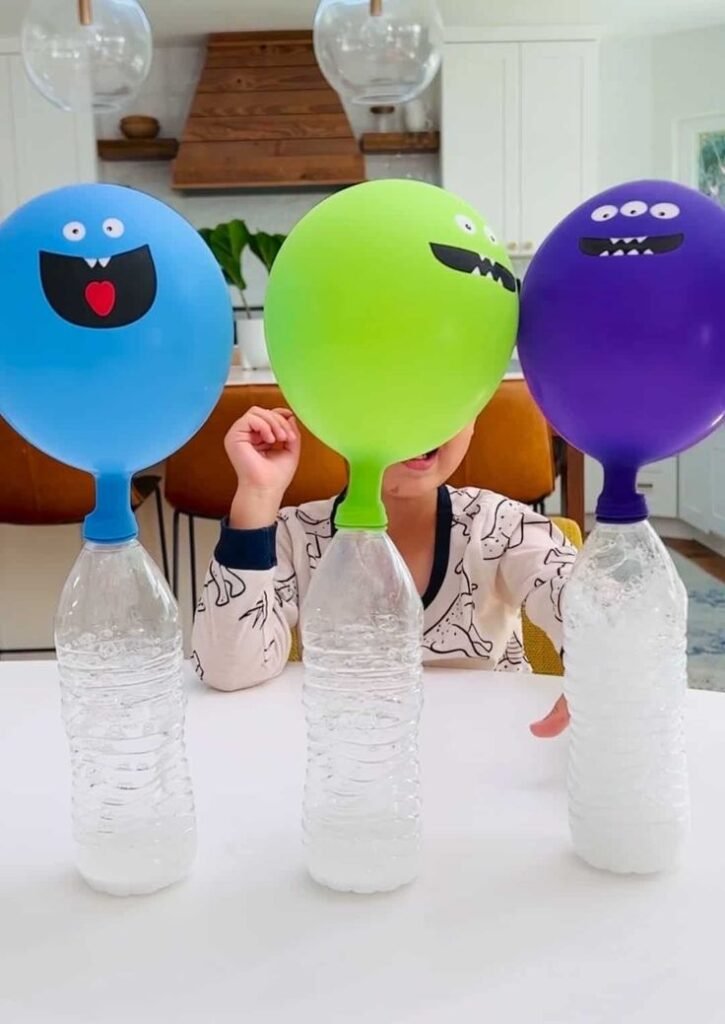
4.Pumpkin Volcanoes
Why carve a pumpkin when you can make it explode instead?
Carve out a small pumpkin and fill it with baking soda, dish soap, and food coloring. Pour in vinegar and watch your mini volcano erupt with colorful foam.
It’s a fantastic twist on the classic volcano experiment—only this time, it’s seasonal and spooky. Plus, kids get to see chemistry in action while also exploring texture, color mixing, and pressure.
Pro tip: Place the pumpkin in a tray to catch the overflow and avoid a real-life mess monster.
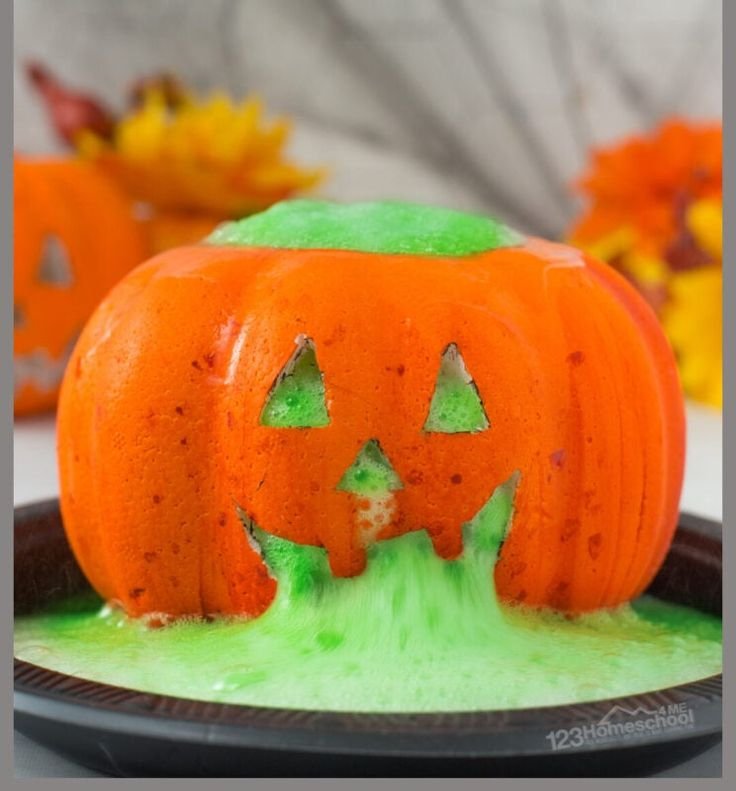
5.Glowing Oozing Pumpkins
Want a night-time twist on the pumpkin eruption? Let’s make it glow.
Use tonic water (which contains quinine) instead of regular water, and shine a black light over the eruption. The tonic water glows blue, making your experiment feel like something straight out of a mad scientist’s lab.
Mix it with highlighter ink for even more eerie glow effects. The foamy explosion becomes a glowing river of pumpkin goo.
STEM takeaway: Kids learn how UV light interacts with certain substances to create fluorescence.
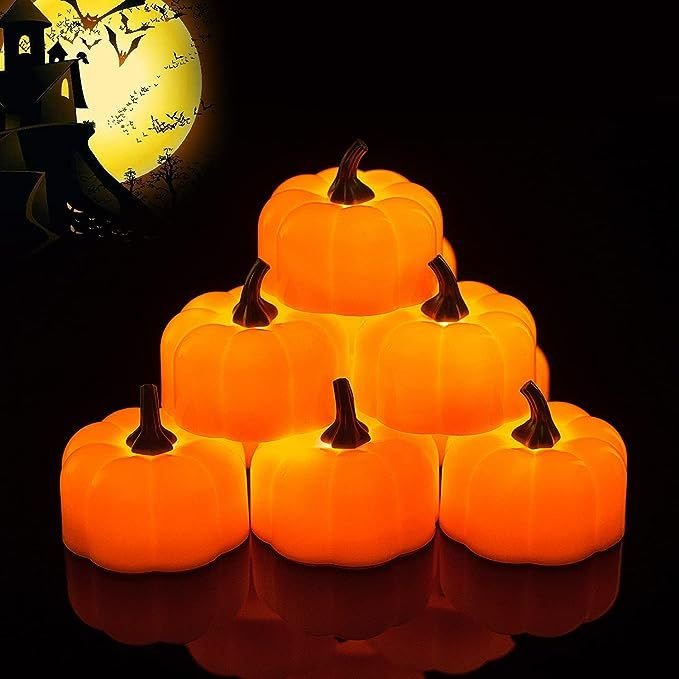
6.Spooky Dry Ice Bubbles
Ever seen a bubble filled with fog? You can make it at home or in a classroom—safely—with dry ice.
Using warm water and a chunk of dry ice in a plastic container, you can generate fog. Add bubble solution around the rim and slowly drag a wet cloth across to seal it. The pressure will build and a ghostly bubble will grow—until it bursts!
The dry ice sublimates (changes directly from solid to gas), creating dramatic results that never fail to impress.
Adult supervision is a must for this one, but it’s totally worth the theatrical effect.
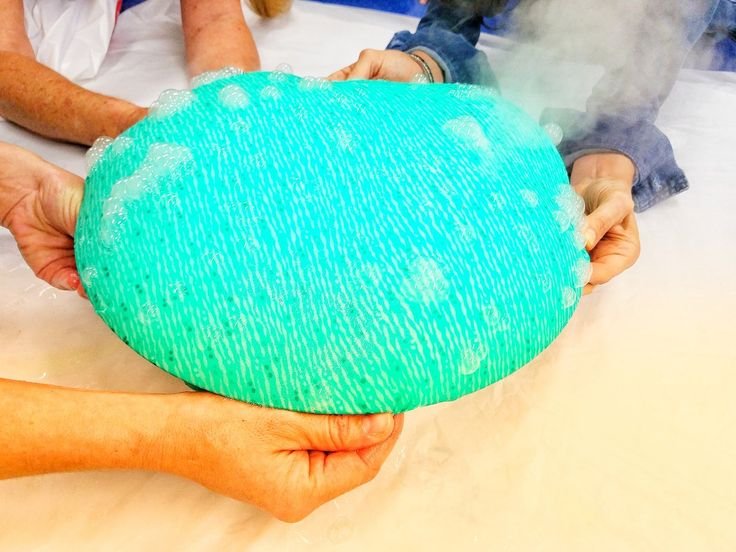
7.Walking Water Ghosts
Can water move on its own? Let kids find out with this visually mesmerizing experiment.
Place cups in a circle—some with water dyed orange, green, or purple, and others empty. Twist paper towels and place them between the cups. In a few hours, the water “walks” into the empty cups, blending to create Halloween shades.
It’s a simple way to explore capillary action, the same force that helps plants absorb water from soil.
Bonus idea: Cut ghost shapes and let the water soak into them for creepy tie-dye effects.

8.Magic Flying Bats
Ready for a bat-tastic twist on a classic?
Cut bats out of lightweight cardstock and attach them to the top of a soda bottle. Fill the bottle with vinegar, baking soda inside a balloon, and place the balloon over the bottle mouth. As the balloon inflates, it lifts the bats and makes them fly!
This experiment is great for teaching about gas expansion and air pressure—and it’s got serious visual appeal.
Let kids hypothesize what might happen if they use more baking soda or a bigger balloon.
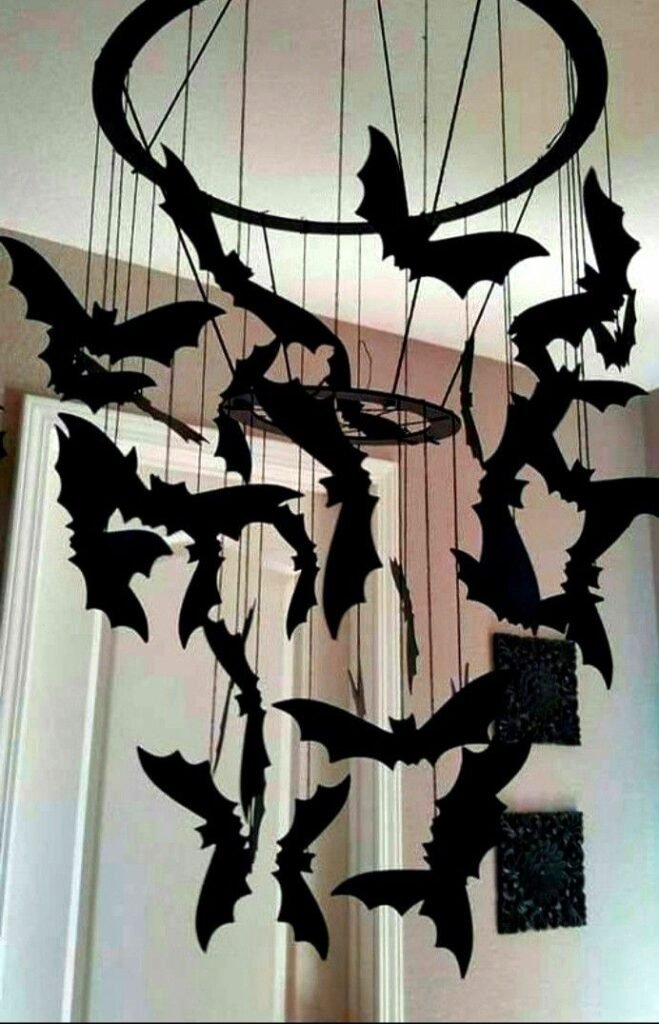
9.Ghost Balloons with Invisible Ink
Ever wanted to send a haunted message?
Draw ghost faces on white balloons using lemon juice or milk. When dry, the faces seem invisible. Use a hair dryer to heat the balloons—and watch as the ghostly images magically appear.
This simple chemistry experiment introduces the idea of oxidation and invisible ink—plus, it’s fun for secret Halloween messages!
Try this: Have kids draw spooky symbols and “decode” them during a Halloween science party.
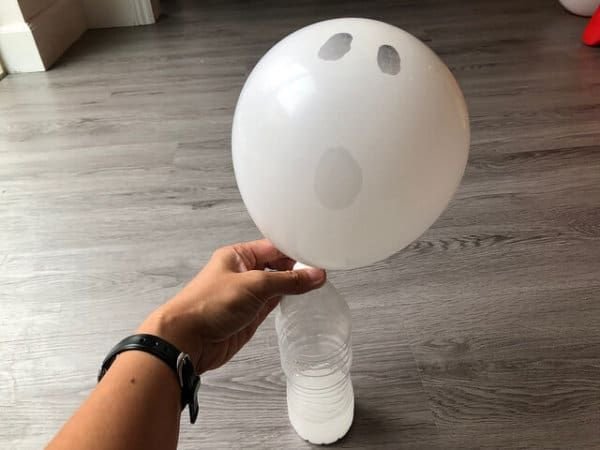
10.Edible Monster Crystals
Want to grow something creepy and sweet?
Make monster rock candy by dissolving sugar in hot water, then letting the solution sit on sticks or strings inside a glass. After a few days, crystals start to form. Add food coloring and candy eyes to turn the crystals into edible monsters.
This experiment gives kids a peek into the world of crystal formation and supersaturation—all while producing a delicious treat.
Science snack: Talk about how temperature affects solubility and what makes crystals grow faster or slower.
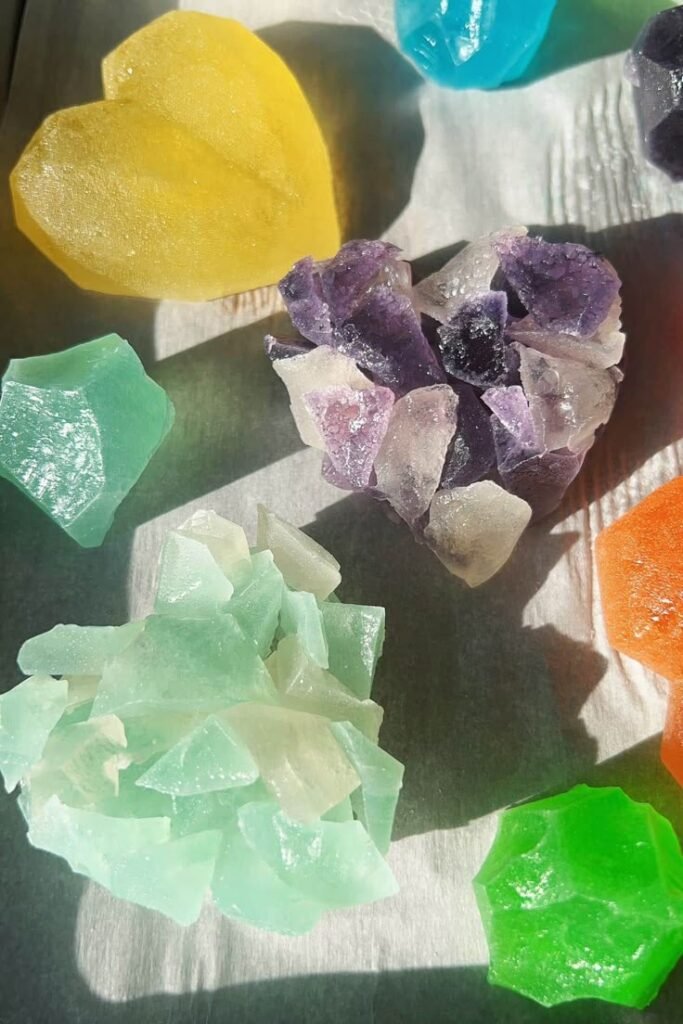
12.Exploding Ghost Rockets
This one’s loud, fast, and unforgettable.
Take empty film canisters and draw ghost faces on them. Fill with water and add a quarter tablet of Alka-Seltzer. Seal the lid tightly and flip the canister upside-down. Wait for the pop! as gas builds and shoots your ghost rocket skyward.
Kids go wild for this one—it’s dramatic and teaches them about pressure buildup and chemical reactions.
Safety note: Always wear eye protection and perform this one outside.
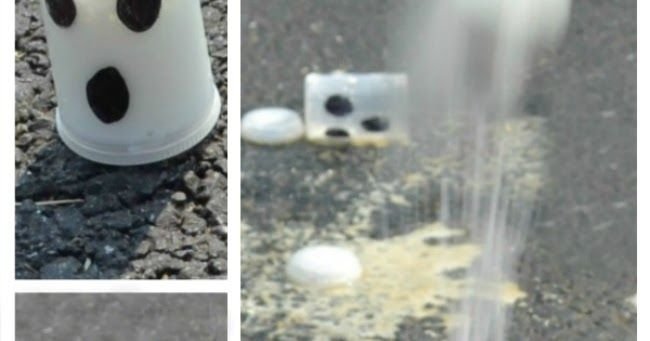
13.Melting Witch Hands
Want to add a little mystery to sensory play? Melt a witch’s frozen hand.
Freeze water, glitter, food coloring, and plastic spiders inside a rubber glove. Once frozen, cut off the glove to reveal a creepy witch hand. Let kids use salt and warm water droppers to slowly melt it and rescue the creatures inside.
This activity builds fine motor skills while teaching about temperature and the states of matter.
Learning moment: Ask what they think will melt the ice faster—salt, warm water, or both.
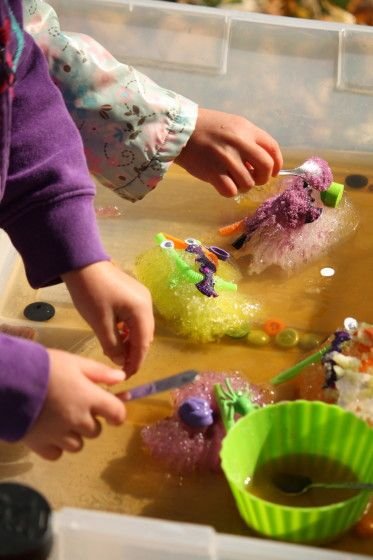
14.Color-Changing Potion Bottles
No Halloween lab is complete without potions that change color before your eyes.
Use red cabbage juice as a natural pH indicator. Add it to small jars and have kids mix in acids (like lemon juice) and bases (like baking soda or soap). Watch the color shift from purple to pink or green depending on the pH.
This is a visually rich way to introduce kids to acids and bases using ingredients already in your kitchen.
Potion labels: Name each mix something fun like “Zombie Spit” or “Werewolf Wash.”
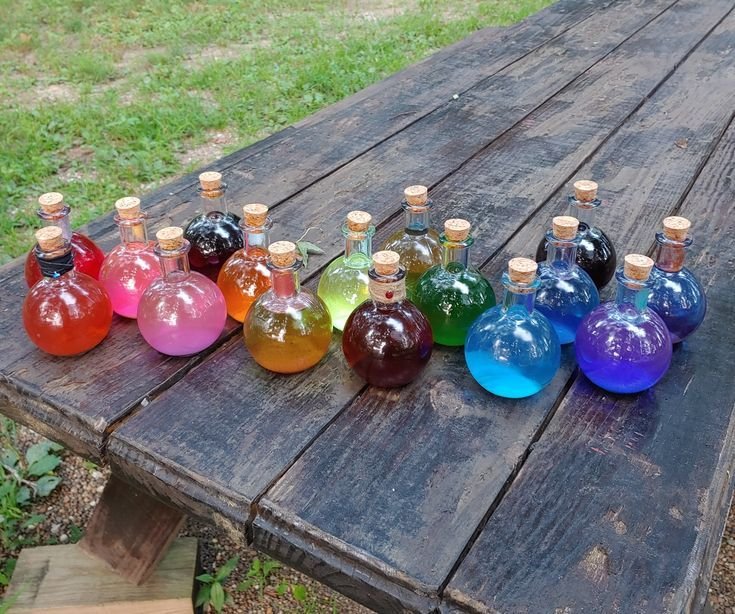
15.Spooky Shadow Play
Ready to make science look like magic?
Use flashlights and cutouts of Halloween shapes—ghosts, pumpkins, cats, and witches. Shine the light and experiment with shadow size and placement. Kids learn how light travels and interacts with objects while creating an eerie haunted house effect.
You can even build a shadow puppet theater for storytelling time with a STEM twist.
Try this: Test different light sources (lamp vs flashlight) and see how they change the shadows.
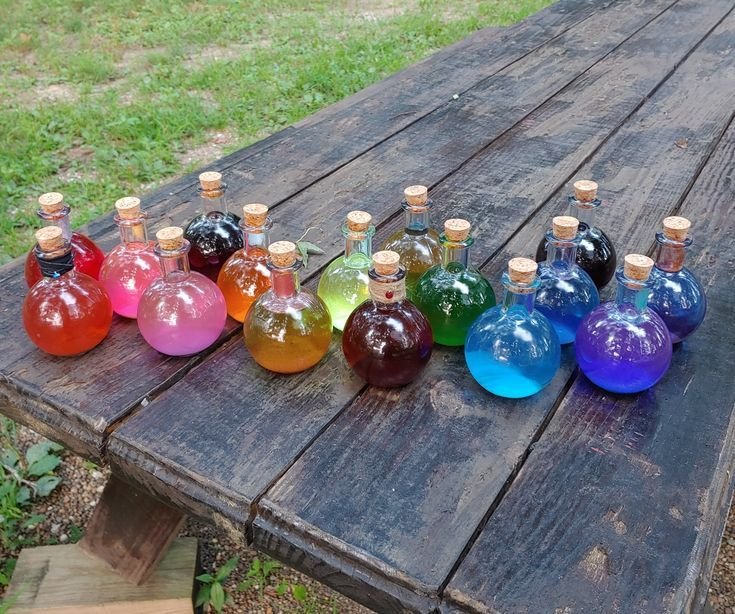
16.Foaming Jack-o’-Lanterns
Let’s turn your pumpkin into a mad science lab.
Cut the top off a mini pumpkin, scoop it out, and draw a face. Fill it with baking soda, dish soap, and food coloring. Add vinegar and stand back—it’ll erupt with foamy “lava” from the jack-o’-lantern’s mouth.
This one gets lots of laughs and “oohs” from kids, while reinforcing their understanding of chemical reactions and gas formation.
Mess-saving tip: Set up outside or line your table with plastic to keep the clean-up simple.

Final Creepy Conclusion
So what happens when you mix spooky fun with real science? Pure Halloween magic.
These simple and fun Halloween science experiments prove that learning can be just as exciting as trick-or-treating. Whether your kids are five or fifteen, there’s something here to spark their curiosity—and maybe even turn them into mini mad scientists.
Best of all? Every activity encourages exploration, critical thinking, and hands-on discovery without needing expensive materials or advanced lab tools. It’s science, Halloween-style—and it’s unforgettable.
So pull on those gloves, grab your beaker (or mixing bowl), and let the screams of delight begin. This Halloween, you’re not just celebrating—you’re experimenting. 🎃🧪👻

